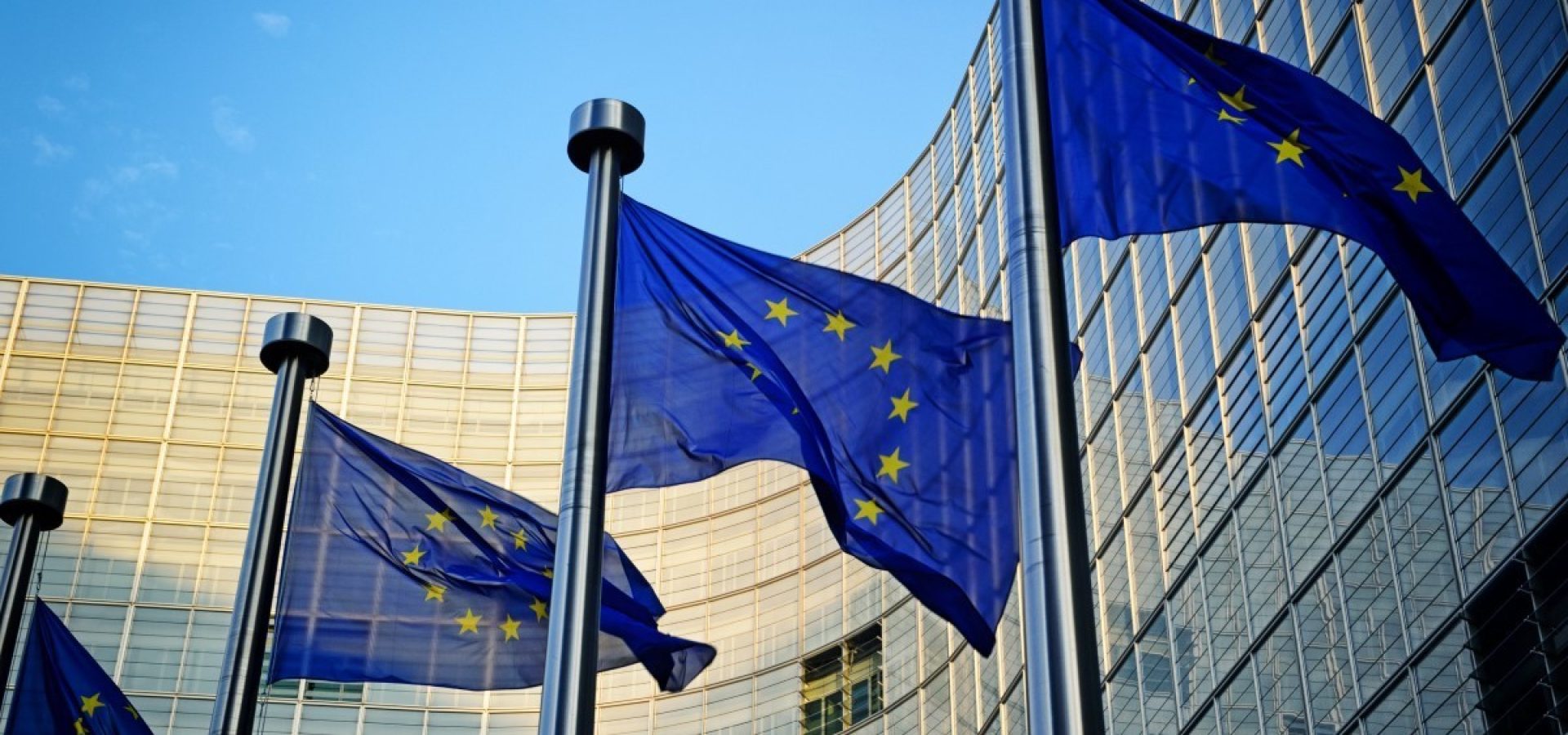The Crypto industry is emerging despite many objective and subjective factors. Moreover, it has the potential to solve at least some of the major issues. However, due to various factors, the process of crypto adoption is far from being over.
Furthermore, illegal activities connected with the crypto industry represent a serious challenge to the future of cryptocurrencies. Recently, the European Parliament published a study related to crypto-assets. This study prepared by the Policy Department A of Directorate-General for Internal Affairs identified several legislative blind spots.
Moreover, this study addresses important regulatory concerns. Also, the authors of this study took into account recent developments and suggested regulatory responses.
Crypto mining and money laundering risk 
Interestingly, this study identified several challenges and the need for a regulatory response. For example, stablecoins, token-based fundraising as well as crypto mining fell under this category.
According to this study, cryptocurrency mining may be used as a tool to “create clean cash” by criminal organizations. Moreover, the report published by the European Parliament contains several interesting details. For instance, newly mined coins are clean and if someone is willing to convert them into fiat currency or other crypto-assets, the resulting funds are also clean.
Thus, it is important to map the use of this technique to determine whether it represents a serious blind spot. Moreover, if it is identified as an important blind spot, the next step is to consider appropriate measures.
This study also revealed several other blind spots in current guidelines. For example, according to this study, guidelines for crypto-to-crypto exchanges as well as financial services providers that deal with token sales.
The EU lawmakers recommend the creation of a regional Anti-Money Laundering (AML) as well as Combating the Financing of Terrorism (CFT) regulator.
It is worth mentioning, that a European AML watchdog should find highly trained IT specialists to analyze the AML/CFT risks related to new technologies.









COMMENTS